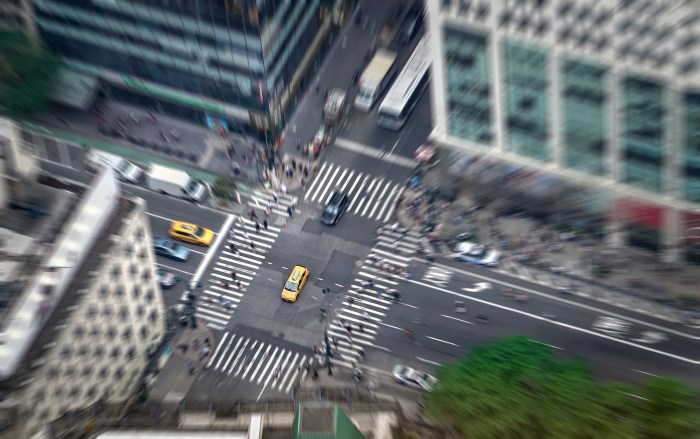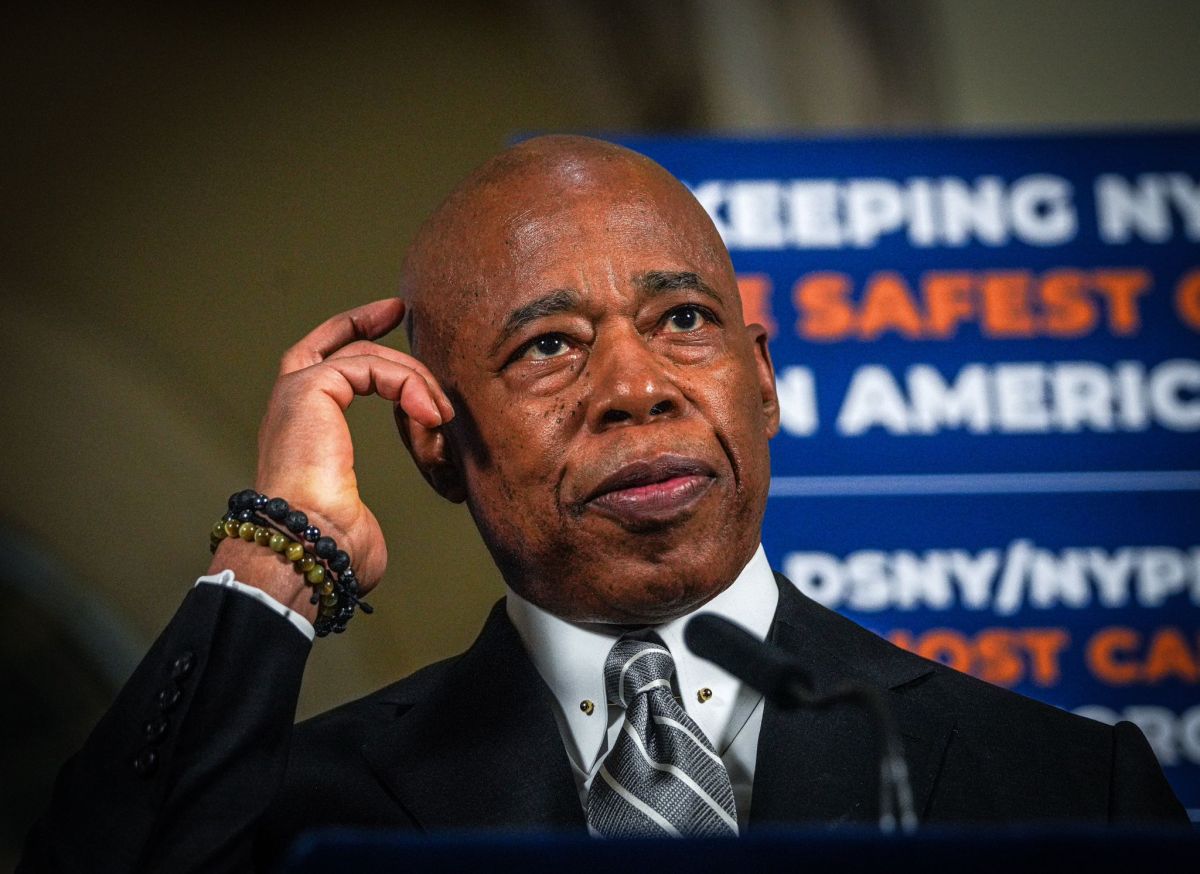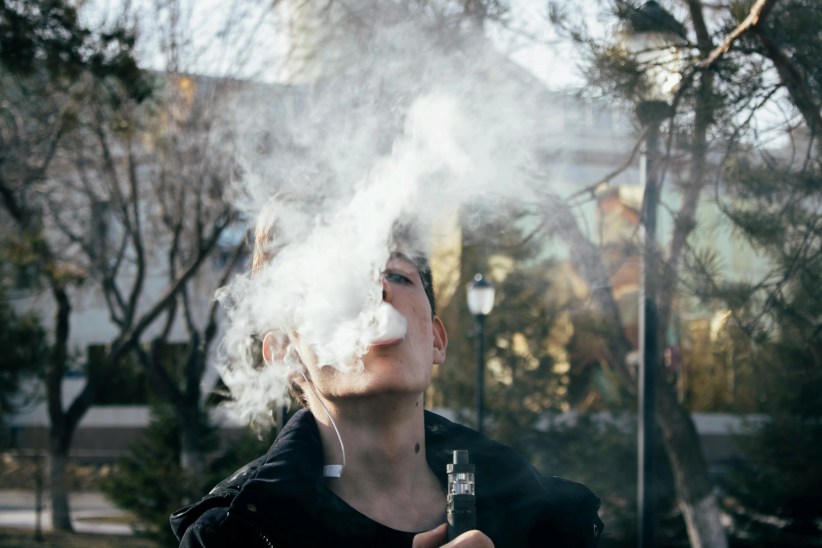When the West Nile virus hit New York in 1999 and seven people in the metropolitan region died, the decision to eradicate the culprit mosquitoes was quickly made.
As many as 1,900 Queens residents were believed to have been infected. Despite the physical threat, many residents and elected officials expressed concern that the spraying may have placed the borough’s inhabitants at risk.
Nevertheless, the spraying went on, and has continued periodically whenever the Department of Health finds infected mosquitoes in pockets of the city.
Queens residents and air travelers find another deadly risk in the form of Canadian geese. These large birds have become a threat to aviation due to bird strikes to planes landing and taking off from local airports, and there is now debate about how to deal with them.
The most famous near-disaster caused by Canadian geese striking planes in New York City occurred in January 2009, when U.S. Airways Flight 1549 was hit by the birds and forced to make an emergency landing in the Hudson River. Thanks in a large part to the heroics of its pilot, Capt. Chelsey Sullenberger, no one died.
It was dubbed the “Miracle on the Hudson,” but it could have been much worse. And there’s no guarantee that a similar air crisis won’t happen again because the Canadian geese continue to serve as a dangerous nuisance to local airports.
The Federal Aviation Administration (FAA) indicated that bird strikes are occurring at an alarming rate at JFK and La- Guardia airports. In one day last year, four bird strikes occurred at JFK. On Tuesday night, Apr. 24, a JetBlue plane taking off from Westchester Courty Airport was forced to make an immediate emergency landing after being struck by geese that smashed into the jet’s windshield.
It’s bad enough that these geese have taken over parks, golf courses and ballfields in and around New York City, leaving large reminders of their presence along the way. But flying in and out of New York City is becoming much like a scene left on the cutting room floor of an Alfred Hitchcock film.
There are no natural predators to Canadian geese around New York, and there’s plenty of well-tended lawns and public places which these birds use to survive and thrive. Short of letting all grass grow as high as an elephant’s eye and turning coyotes loose in public parks, the other solution is the elimination of the birds, especially near the city’s major airports.
Mayor Michael Bloomberg has signed off on a policy of lethal removal of Canada Geese within five miles of New York airports. “If a choice is between a goose or a person, I’ll choose a person every time,” said the mayor, and we agree with that position.
Groups like Brooklyn Green and NYCGooseWatch, however, oppose the removal of geese from public parks and attempt to thwart the U.S. Department of Agriculture when they undertake the elimination of birds.
No one should glory in the elimination of wildlife, but by the same token, the government has a duty to make sure air travel is safe. We can’t wait for a major air disaster to take place in New York before we decide to do something about these geese.



































